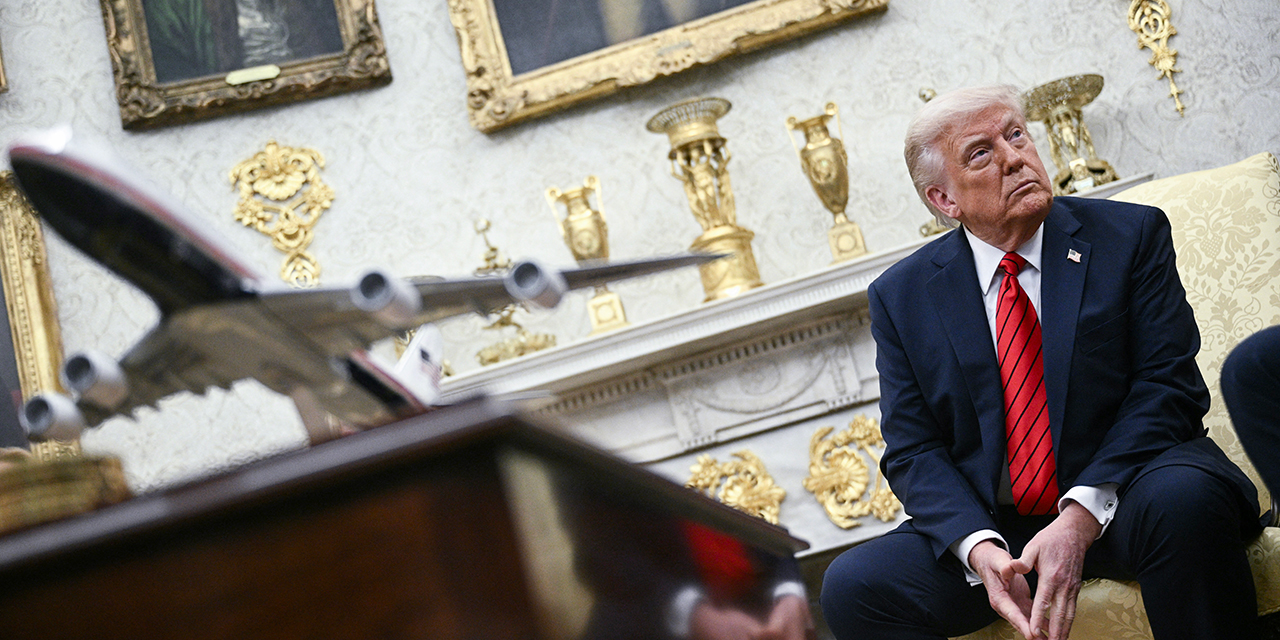
With the stroke of a pen, President Donald Trump has taken a decisive step toward restoring lawful government. His April 9 memorandum, directing federal agencies to repeal regulations that conflict with ten recent Supreme Court decisions, is more than a deregulatory maneuver—it is a reassertion of constitutional structure.
For decades, federal agencies have operated under the assumption that judicial rebukes were mere speed bumps. When the Supreme Court struck down a regulation or announced a new standard, agencies would comply in the narrowest possible way—changing just enough to survive the next lawsuit, while leaving the architecture of unlawful governance intact.
Finally, a reason to check your email.
Sign up for our free newsletter today.
This order forces the administrative state to reckon with the law as it stands. Consider the cases cited in Trump’s memo.
First is Loper Bright v. Raimondo (2024), in which the Supreme Court finally overruled Chevron—the case that established the principle of deferring to federal agencies’ interpretations of ambiguous laws. For 40 years, Chevron forced courts to defer to the bureaucracy. Now, under Loper Bright, agencies are bound by the “single, best meaning” of the law. That is not a tremor; it’s a tectonic shift, for which my colleagues and I advocated in a 2023 Supreme Court amicus brief. Yet, many regulations still presume Chevron’s validity. Trump’s directive forces agencies to identify and repeal such rules.
Another case, West Virginia v. EPA, had a similar holding: agencies cannot conjure sweeping powers from incidental statutory text. By requiring the federal bureaucracy to comply with West Virginia, Trump’s memo ensures that agencies do not continue hiding “elephants in mouseholes” —a phrase coined by Justice Scalia to describe the tendency of agencies to find major regulatory power in minor statutory provisions. Instead of relying on years of slow-moving litigation, the White House is telling federal departments: if you cannot point to clear and specific congressional authorization, the rule must be rescinded.
No less important is SEC v. Jarkesy (2024). There, the Court agreed with my colleague James Copland that federal agencies cannot deny defendants’ jury-trial rights in fraud or other common-law prosecutions. Yet many in-house administrative tribunals continue to function as modern-day Star Chambers—conducting proceedings before agency-employed judges, under agency-crafted rules, often in pursuit of agency-driven enforcement priorities. Trump’s directive affirms that Seventh Amendment rights are not optional. Agencies cannot act as prosecutor, judge, and jury while sidestepping the Constitution.
Three of the memo’s cited cases converge on a single insight: agencies must abide by the Administrative Procedure Act. The order forces the bureaucracy to comply with Michigan v. EPA, which required agencies to consider costs when issuing regulations; Sackett v. EPA, which restored limits on federal control of private land; and Ohio v. EPA, which struck down heavy-handed EPA rulemaking. In each instance, President Trump’s order draws the necessary inference: if a rule would not survive judicial review today, it should not remain in force tomorrow.
This legal clean-up also carries a moral imperative. Several of the decisions cited in the memorandum, including Cedar Point Nursery v. Hassid and Students for Fair Admissions v. Harvard, make clear that regulations violating constitutional guarantees cannot be maintained for sentimental, ideological, or political reasons. In Cedar Point, the Court struck down a rule that allowed union organizers to enter private property without compensation, reaffirming the Takings Clause’s core protections. And in SFFA, the Court dismantled race-based admissions policies, holding unequivocally that “eliminating racial discrimination means eliminating all of it.” The message is simple: unconstitutional policies don’t become legitimate through longevity or popularity. They must be dismantled—promptly and without apology.
The Manhattan Institute has kept pressure on the federal government to root out racial and religious discrimination. The Trump administration is taking that mandate seriously, directing agencies to eliminate regulatory preferences that violate the constitutional principles affirmed in Carson v. Makin and Roman Catholic Diocese of Brooklyn v. Cuomo.
Critics will inevitably claim that this effort is “anti-government.” But that charge confuses lawful restraint with sabotage. In fact, the administration’s directive is the opposite of lawless—it reverses decades of unlawful administrative overreach. By invoking the Administrative Procedure Act’s “good cause” exception—which allows agencies to bypass the normal notice-and-comment process when delay would be impracticable, unnecessary, or contrary to the public interest—the White House signals that when a rule is illegal, delay is not a virtue but a vice. Enforcing unlawful regulations inflicts real harm on real people. The agencies responsible for this overreach should not be allowed to drag their feet in undoing it.
The Supreme Court has spoken. President Trump’s order ensures that the rest of the government listens. It affirms the judiciary’s role in interpreting the law and reminds the bureaucracy that constitutional limits still matter. For citizens, the message is clear: we don’t have to live under rules that no court would uphold. For agencies, the era of regulatory inertia taking precedence over legality is over. This is what good government should look like.
Photo by BRENDAN SMIALOWSKI/AFP via Getty Images
City Journal is a publication of the Manhattan Institute for Policy Research (MI), a leading free-market think tank. Are you interested in supporting the magazine? As a 501(c)(3) nonprofit, donations in support of MI and City Journal are fully tax-deductible as provided by law (EIN #13-2912529).
Source link
















